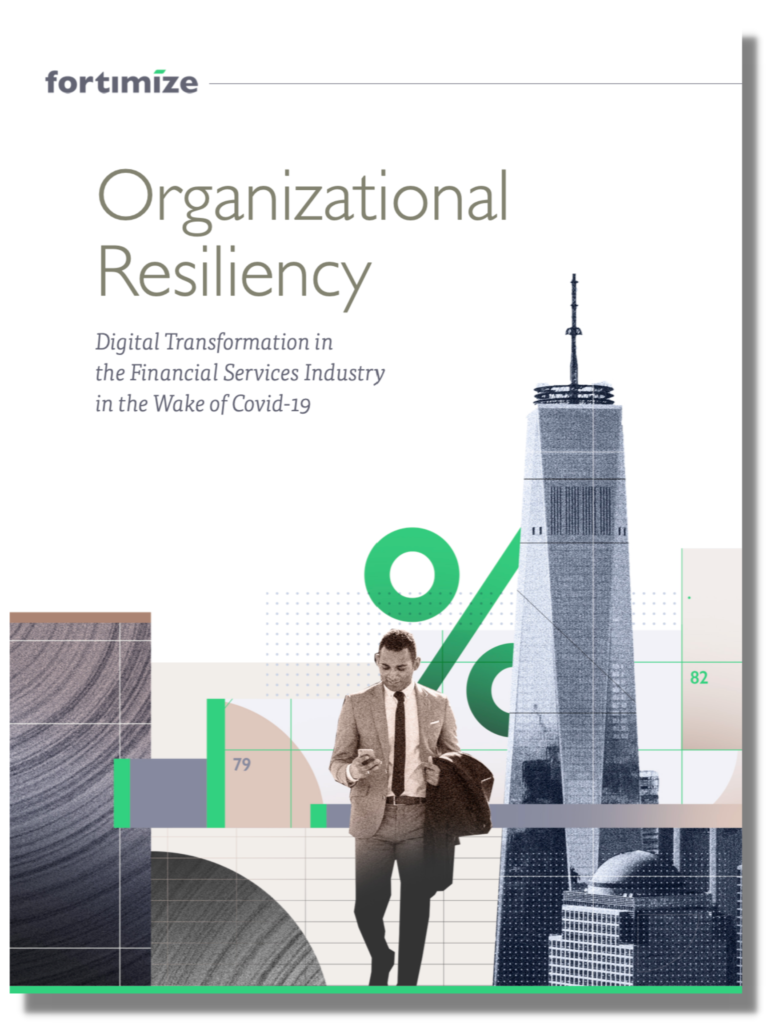Becoming an agile bank isn’t just about a change in your project methodology, but in your business mindset. The ability to quickly pivot to address changing markets and business environments, as shown during the pandemic, are key to being able to stay ahead of the curve.
It is about educating your employees and not just educating them once, but continuously. You cannot expect them to understand and master the process the first time, nor can you expect the process to remain the same over time. Utilizing new tools and resources means that these too are subject to change – usually for the better to reduce inefficiencies that you could not see at the start of the transition. Continuously teaching sets your employees up for success and allows them to use the tools to their fullest potential.
Most importantly, you need to do this with them – not to them. If your employees are seeing you learn to adapt and change, it can act as fuel to get the whole team onboard. Becoming an agile bank is not easy, but with the right team and resources – you can be the next agile bank.
“It’s not a question of transformation, it’s a question of survival.” – Carlos Naudon, President and CEO, Ponce Bank
The Role of Agility in Digital Transformation:
Transformation cannot happen overnight, we all wish it could. Imagine going to the gym once, and waking up in shape, wouldn’t that be something? But where’s the fun in that – the hard work that you and your team put into the process will lead to great results. We have determined three factors that help move the transformation in the right direction:
- Specific Transformation Resources – Identify specific, dedicated people in the organization to drive the day-to-day evolution to a more agile vision
- Executive Ownership – Successful transformations take a top-down approach
- Fintech Partnerships – In order to be successful, you cannot view the technology advances as the enemy – they are your friend, partner, and colleague. They ultimately want to help you better yourselves – not challenge your market share
Transformation Resources
In your organization, there are internal stakeholders who can get the ball rolling on identifying inefficiencies. You know who they are – always providing constructive feedback and thinking outside of the box, and you probably already have a name in mind.
Guide your selected Transformation Champion(s) to start a conversation with your front- and back-office employees. Challenge them to look at what they do every day and ask ‘is it a task that has to be done for regulatory compliance, for process, and how could we change that process to either make it less cumbersome, or eliminate it altogether.’
Talk to other organizations in your network who have recently gone through the process themselves. Learn from the mistakes of your peers. Ask them what worked well, what didn’t work, and what they wished they knew before they embarked on this transformation.
By asking these questions – you will be able to better understand what it means to change and how to change for the better.
Executive Ownership
If you are a leader in your organization or team – you have one of the most important roles to transformation. A strong leader empowers their team to create a program that allows for collaboration, prioritization, and resource utilization. Here are four pointers to drive the change you wish to see:
- Strategically Plan – Incorporate the plan into a 1, 3, and 5 year plan. Don’t set it and forget it. Keep working at it to make it stronger
- Internal Center of Excellence – Will help generate the buy-in necessary to make it successful
- Budget WITH Contingency – Regardless of what you think it will cost, it will most likely cost more
- Human Capital – People are your first and most valuable asset, need to your number one priority when deciding where changes needs to be made and how that is communicated
By planning and thinking through the transformation for your bank, it will give you the tools to become an agile bank. The next question is – are you ready?
